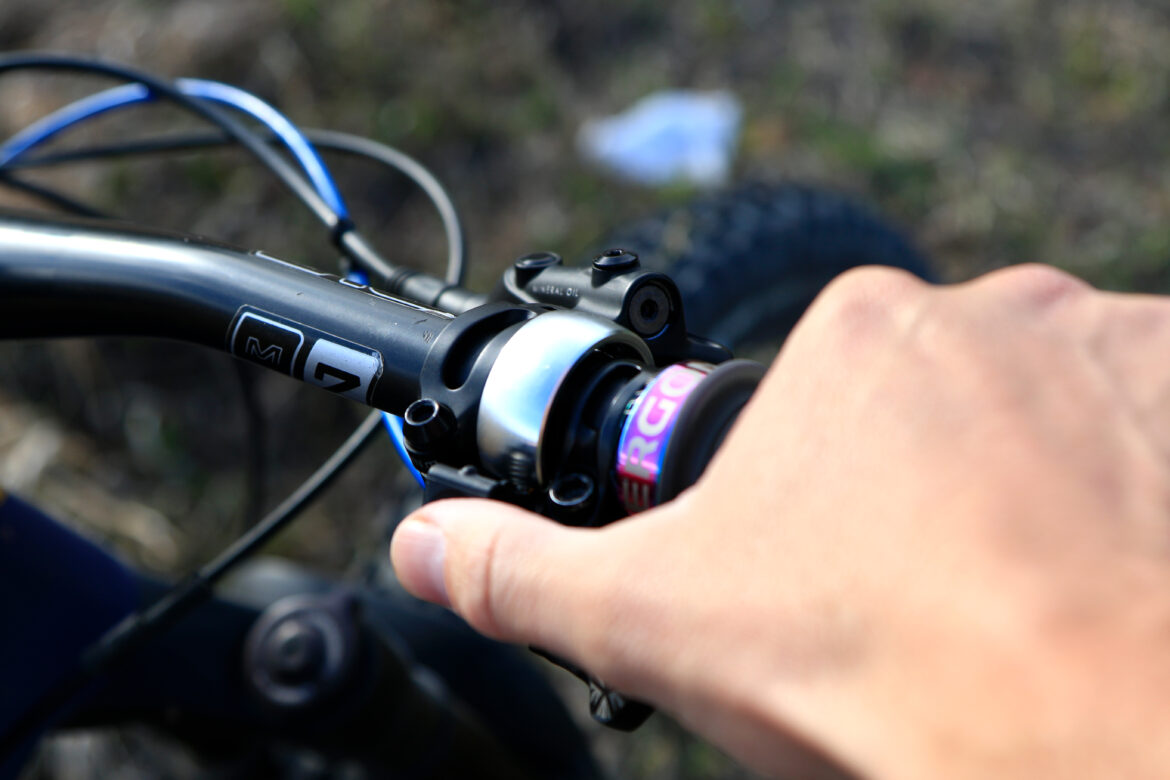
Some people still don’t understand the bike bell, especially on mountain bikes. I envy them, because presumably, they live in a place where there either aren’t many mountain bikers, aren’t many hikers, or congested trails aren’t really an issue; which leaves unsanctioned or mountain bike specific trails.
For those of us who ride on multi-use trails, utilizing a bike bell is one of the first forms of defense against conflict, and I’ll say defense because it’s usually mountain bikers who have to defend the how and why of our trail use. Much like the right-of-way triangle and volunteer trail work, the onus to be courteous largely falls on mountain bikers, whether we like it or not.
As the saying goes, if you can’t beat ’em, join ’em. It’s not that I thought bells were dumb, but I’ve never been eager to use them and thus, I’ve never spent money on a bell. Spending money on a component that doesn’t help me ride faster or improve my bike’s looks seemed like a way to lower my bank account balance and add weight without any actual functionality. Unless of course you reframe the proposition as spending money on something that improves your ride experience, and if bells help reduce the chance of conflict or an argument on the trail then it seems like money well spent.
Fortunately, Knog sent me one of their Oi bells to try out recently and after a few weeks of riding on Colorado’s busy Front Range, I won’t be taking it off my handlebars any time soon. Looking at bells, you’re faced with a choice: a manually ringing bell like the Knog Oi, or a bell that rings continuously when engaged, like a Timber bell. Both have their pros and cons.
For riders new to bells, like me, the Knog Oi rang my attention, first because of its low profile. I’m not knocking other bells, but I like a clean cockpit — or as clean as possible — because my brakes, dropper remote, and shift levers are usually all different brands and never mate up anyway. I’d argue this makes my drive for a simpler line across my handlebars stronger.

The Knog fit in between my other controls neatly, like another remote, and doesn’t protrude farther than any other control on my bars. Unfortunately it doesn’t have a clamshell design, so it requires sliding the grips and other controls off to fit the bell on. I’m obviously joking a little when I mention weight gain from adding a bell. The Oi Classic small rings in under 20g.
Really, the hardest part of using a bell is remembering it’s there and remembering you have the power to part seas on the trail. While it may seem onerous to mountain bikers to have to use a bell, it also puts some power under our thumbs. The noise is sharper than shouting “on your left!” and it feels like the reaction to “ding!” is more instinctual than “coming up behind you. Thanks. Just me.” Hikers tend to hear the bell farther away than a human voice and start to move more quickly in my experience.
The Knog Oi isn’t perfect. There are bells that ring more loudly and carry sound farther. The Knog’s ring isn’t too long. The Oi can also be tricky to use when you’re descending and have to use your thumb to control your bike rather than pull the lever back. This is the disadvantage compared to something like the Timber, which will ring continuously; important when you can’t lift a thumb. The Knog also takes up more space on a set of handlebars than no bell at all.
But the ring has proved its utility and has made interactions with trail users at least a little bit better. I still find myself slowing and saying hi and thanks when I pass people, but the bell does seem to take some of the sting off passing certain people. At the end of the day, most of us want to get out for an hour or two and blow off some stress, and if a small $20 device like the Oi can help mitigate more stress, then it’s well worth the effort.



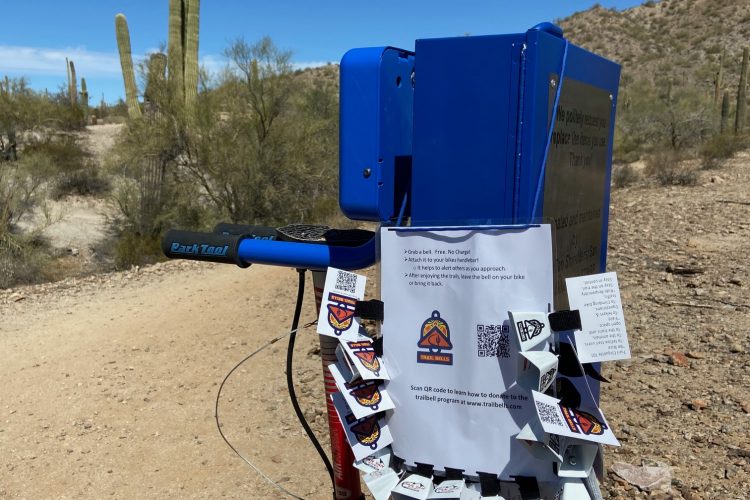


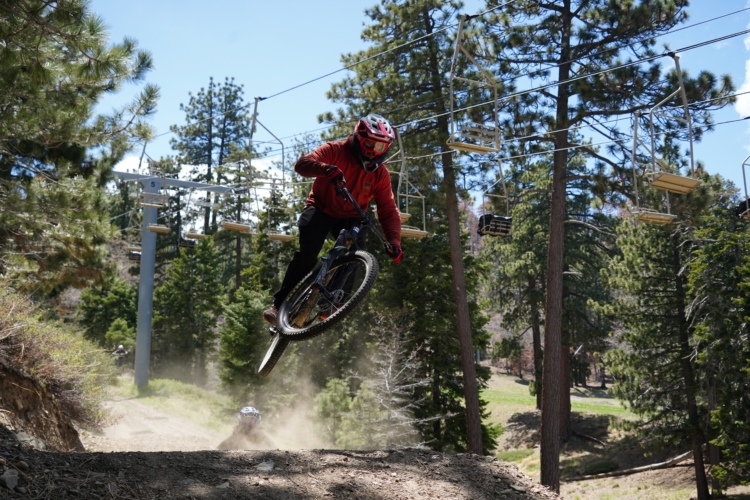
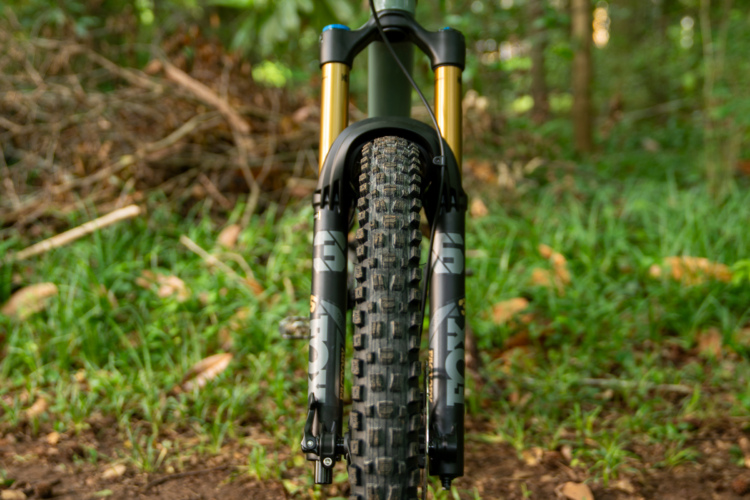

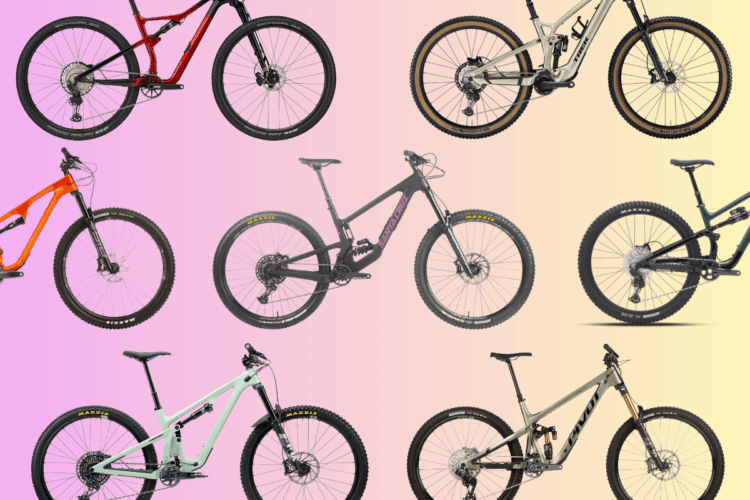

22 Comments
Jun 11, 2022
Jun 16, 2022
Jun 12, 2022
Jun 13, 2022
Jun 13, 2022
I have this bell and their more expensive model which is way too expensive for a bell BUT it is very well made And designed. The lesser model uses a very poorly designed hammer using plastic and a spring. It likes to move around and put itself out of striking range or maybe just a muted hit. When it's aligned it's ok, but the higher model uses a much better hammer, it's all metal, as long as the screw is tight, it will ring and it has a surprising amount of volume and sustain for a bike bell. My only complaint is the price.
Jun 10, 2022
Jun 13, 2022
Jun 16, 2022
Jun 13, 2022
Jun 18, 2022
Jun 11, 2022
Bike races have the best usable swag.
Jun 10, 2022
Jun 10, 2022
As someone who both bikes, hikes and runs on my local trails nothing is more annoying than the incessant ringing of a bike bell that somehow precludes the user from following the right of way triangle. I don't know how many times I've have to remind riders that ringing a bell does not give them the right of way.
Jun 11, 2022
Jun 10, 2022
Jun 17, 2022
Jun 12, 2022
They also come in different colours. Stealth black on my MTB, you'd have to look closely to see it.
Jun 13, 2022
Jul 28, 2022
BTW, if someone is behind you on singletrack, bell or no bell, don't dive off the trail to get out of their way. Keep riding and find a good wider and safer section to move over and let them pass.
Jun 12, 2022
Jun 13, 2022
Jun 13, 2022